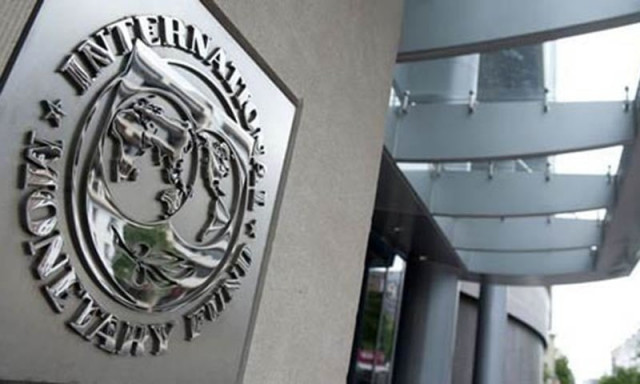Privatisation programme
The IMF has admitted that Pakistan’s multi-billion dollar privatisation programme has “faced setbacks”

The IMF has admitted that Pakistan’s multi-billion dollar privatisation programme has “faced setbacks”. PHOTO: AFP

The point of privatisation was not just to sell stakes in profitable companies to raise money that would eventually go into debt servicing. It was meant to reduce the burden on the federal budget that is tapped every time a problematic and loss-making entity needs a bailout to keep itself afloat. The plan was simple — restructure and reform the entity to the extent that it reduces its losses or becomes attractive enough for a prospective buyer. In its communications with the IMF, the government has maintained its stance, apprising the lender of its constant progress on the privatisation front. We admit that some progress was made. But this has not been enough to achieve any tangible success on ground. Power distribution companies may have reduced their losses, but circular debt is piling up again. Bill recovery in the power sector is still problematic and inefficiency prevails. The IMF bailout may have helped Pakistan avert a balance of payments crisis, but deep-rooted structural issues are yet to be resolved. All this begs the question: what was the actual purpose of the so-called privatisation programme when the government failed to well and truly reform any state-owned entity?
Published in The Express Tribune, April 4th, 2016.
Like Opinion & Editorial on Facebook, follow @ETOpEd on Twitter to receive all updates on all our daily pieces.














COMMENTS
Comments are moderated and generally will be posted if they are on-topic and not abusive.
For more information, please see our Comments FAQ